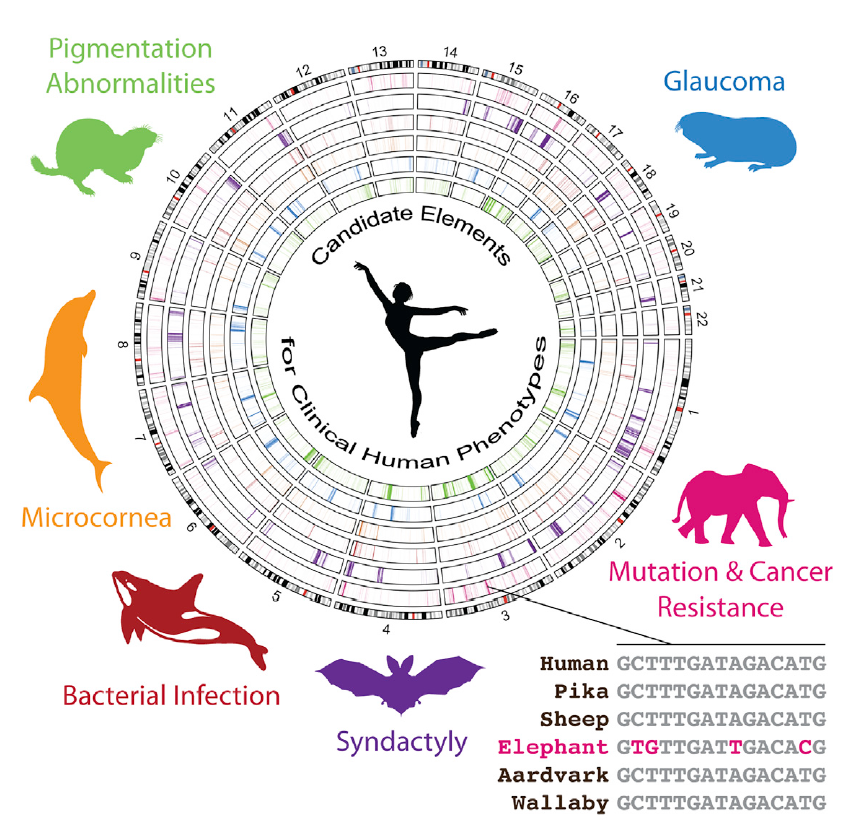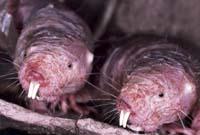The genetic peculiarities of the elephant and others, key to understanding our diseases
2018/03/06 Galarraga Aiestaran, Ana - Elhuyar Zientzia Iturria: Elhuyar aldizkaria

The elephant, the hibernating bats, the orca, the dolphin, the naked rats of mole (Heterocephalus glaber) and the rodent Ictidomys tridecemlineatus present a particularity with respect to the rest of mammals: they present zones that cause changes in certain genomic fragments that are equal both in humans and in other mammals. Researchers at the University of Utah have focused on these changes. In fact, these seven species present interesting characteristics from a medical point of view and suspect that the key may be in the changes.
Thus, the conclusions drawn from the elephant genome have been published in the journal Cell. The goal was to find out why elephants do not have cancer despite being so large. And they have seen that they have modified the part of the genome that deals with the response of genes that respond to DNA damage. Specifically, they have areas that streamline response around the genes responsible for the response. The researchers have explained that this peculiarity is a consequence of a rapid evolution.
In fact, in our genome we also have these genes, so researchers believe that they may influence them to improve the response, such as elephants. They hope to find useful keys in other animals, such as the naked mole mouse, related to human glaucoma.

Gai honi buruzko eduki gehiago
Elhuyarrek garatutako teknologia




